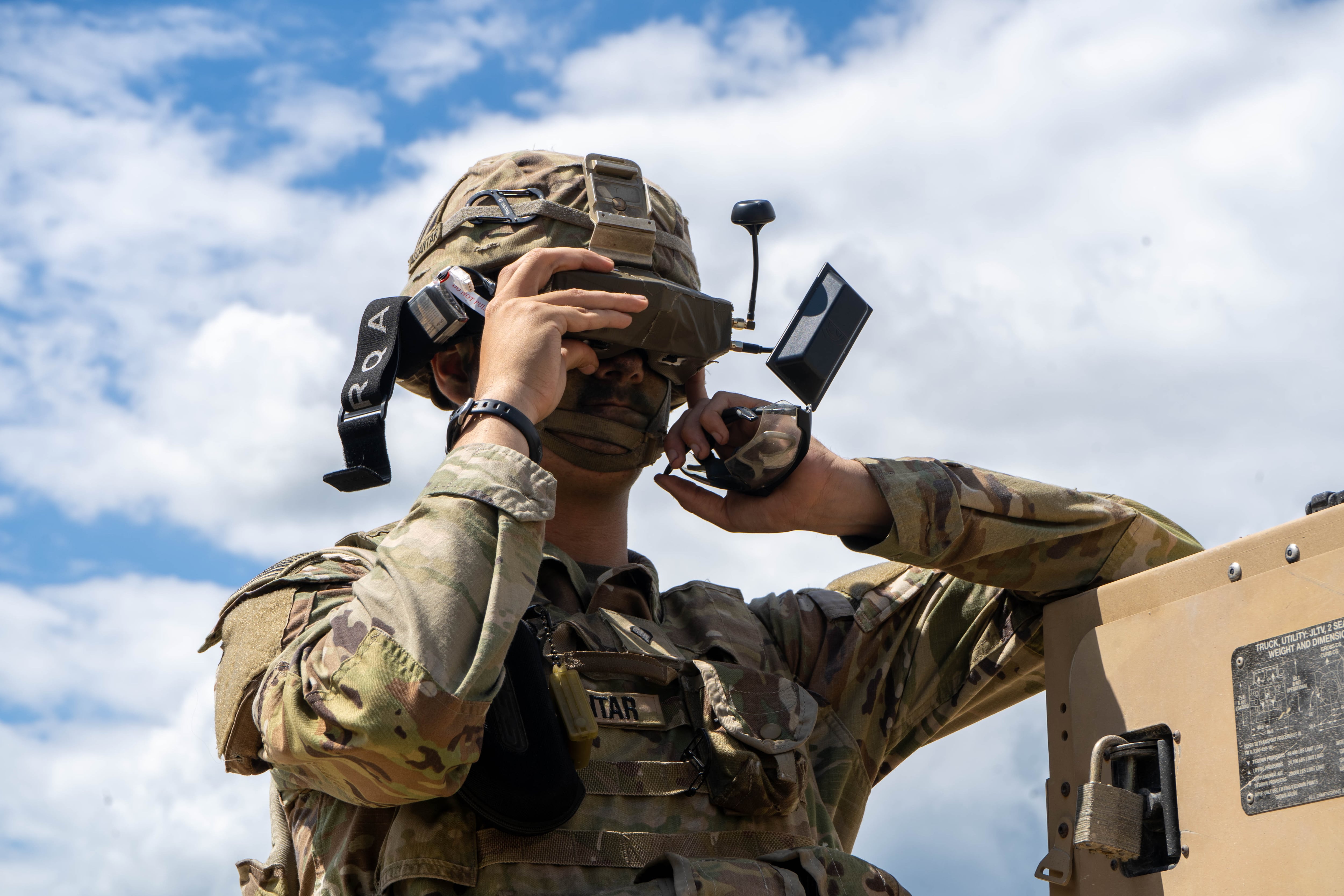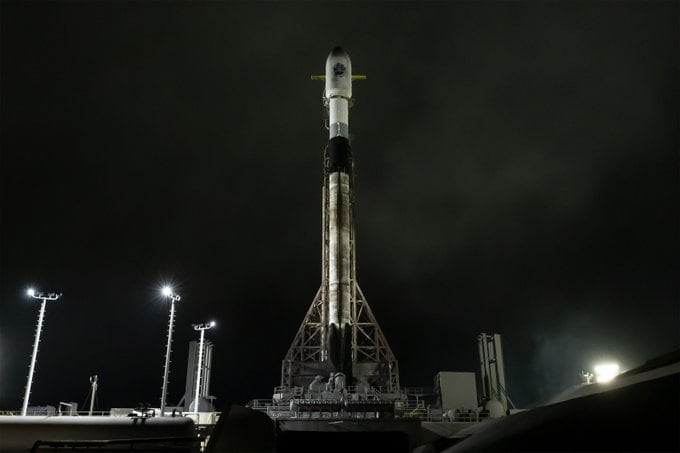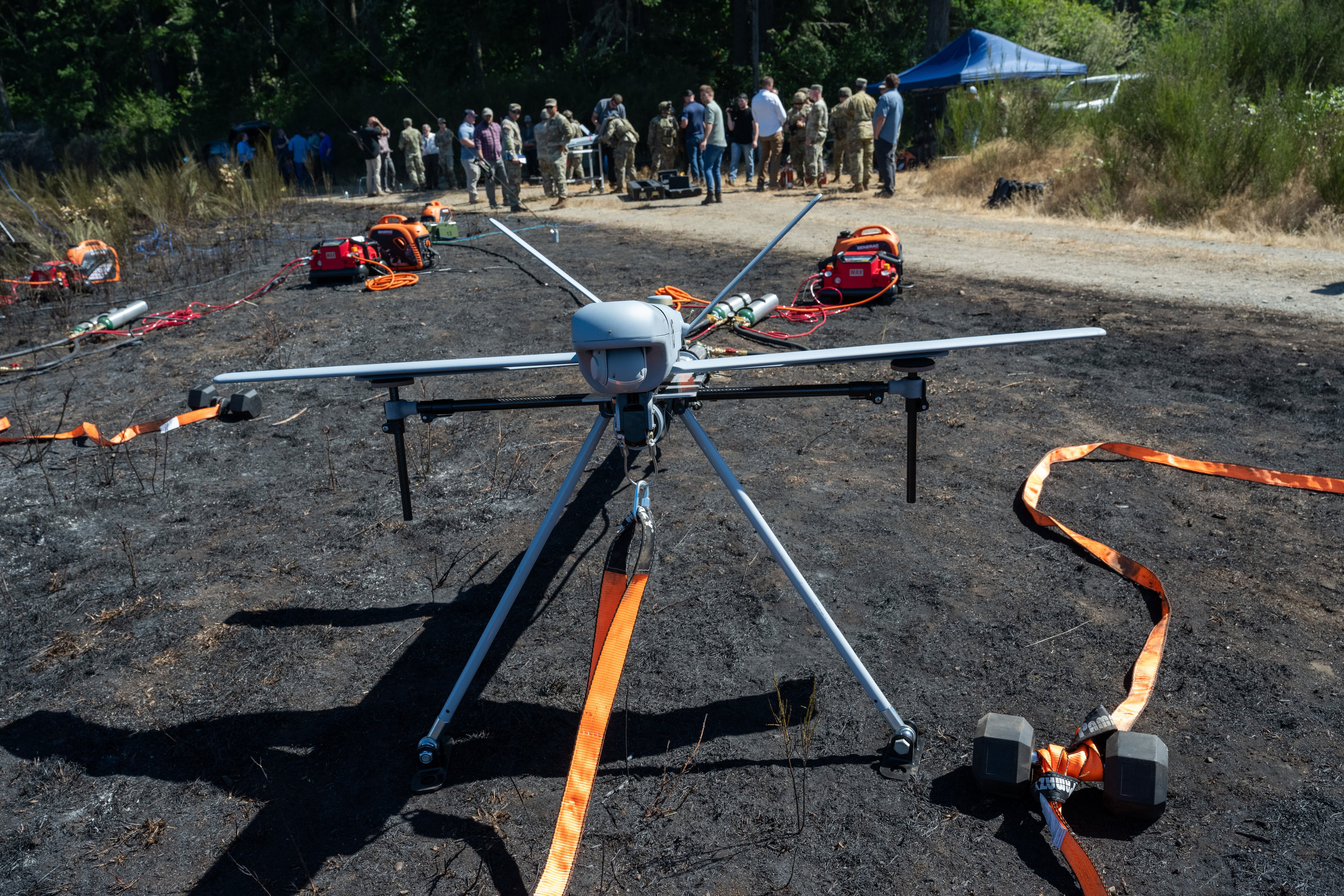As more sensors and data continue to flow in, overwhelming intelligence analysts, an automated aid will be critical alleviating the stress of making sense of it all.
One of the things the Air Force is most concerned about, especially within the workforce within the service's Distributed Common Ground System (DCGS) – the service's primary intelligence, surveillance and reconnaissance planning and direction, collection, processing, exploitation, analysis and dissemination system – is the data gap between how many sensors and platforms proliferating relative to the analysts, said Col. Kristofer Gifford, an intelligence officer working within the DCGS program at the Air Force headquarters.
The analytical bandwidth to keep up with this gap, which continues to widen as more sensors enter the environment, is flat-lining, Gifford said at an AFCEA-hosted luncheon Jan. 13. In order to cope, the force needs take a hard look at how it conducts processing, exploitation and dissemination within DCGS, Gifford said looking at things such as deep machine learning auto-cuing or auto target recognition.
He analogized this challenge to NFL Sundays. Most people don't watch every football game on Sundays beginning to end, he said. They mostly watch what they need or just look at highlights. In other cases folks might just look at the fantasy football statistics.
"No one is looking at every game end,-to-end," he said, adding "that is essentially what we're doing with DCGS."
"Within certain mission sets, we need technology like NFL RedZone but for full motion video analysts," he continued, referencing the popular NFL Sunday television channel devoted solely to delivering viewers every score for every game in real-time on NFL Sunday. This capability can be done with machine learning and auto-target recognition, he said -- something that can cue the analyst.
If a task or mission isn't time-dominant, an analyst can go in and every three days the computer can tip them as to what may have been important in the last three days on a potentially important area, he said as an example. That type of technology can free up a lot of analytical bandwidth and help analysts greatly, he said.
The biggest challenge right now, Gifford said, is deploying open architecture DCGS, or getting off the legacy baseline and moving toward open, government-owned standards. They are currently doing this in parallel: sustaining legacy systems while deploying newer solutions in an effort to field capabilities faster to get tools to the analyst more quickly.
An Air Force battle management team recently developed an improved, open architecture approach to be applied to DCGS.
"The current system's closed architecture causes airmen to spend time performing tasks not related to their primary analytical duties. Each system was designed for a single and specific purpose, which limits the flexibility to adapt and update the system to meet current operational needs and a changing global threat," Lt. Col. Joshua Williams, Air Force DCGS Branch materiel leader said. "To ensure rapid response to changing threats and intelligence, AF DCGS System Program Office partnered with Air Combat Command and Air Force Research Laboratory to develop an open and agile architecture, enabling a plug-and-play-type environment. A key feature of this environment was leveraging already existing capability and incorporating that capability for the benefit of AF DCGS operators."
Mark Pomerleau is a reporter for C4ISRNET, covering information warfare and cyberspace.








